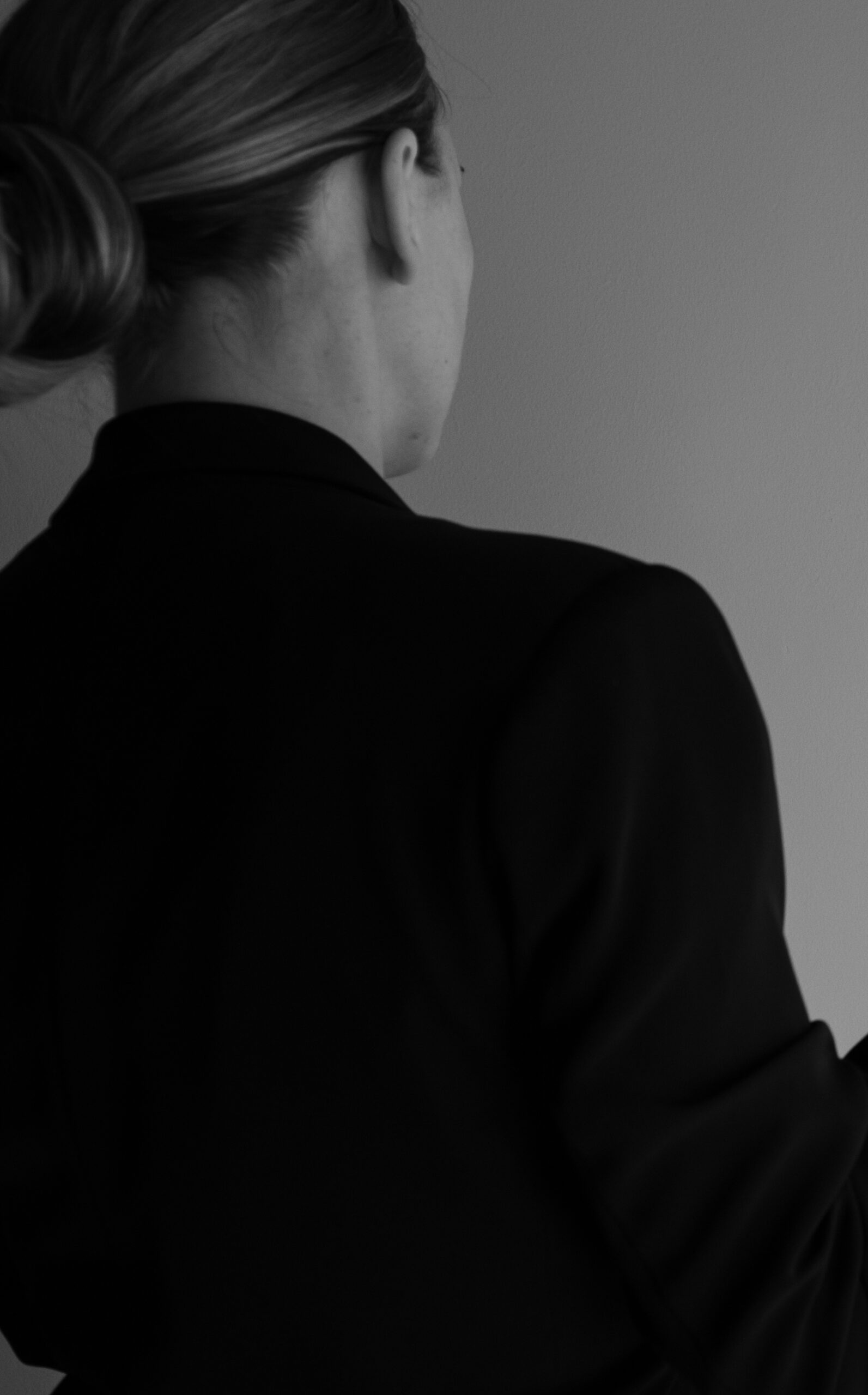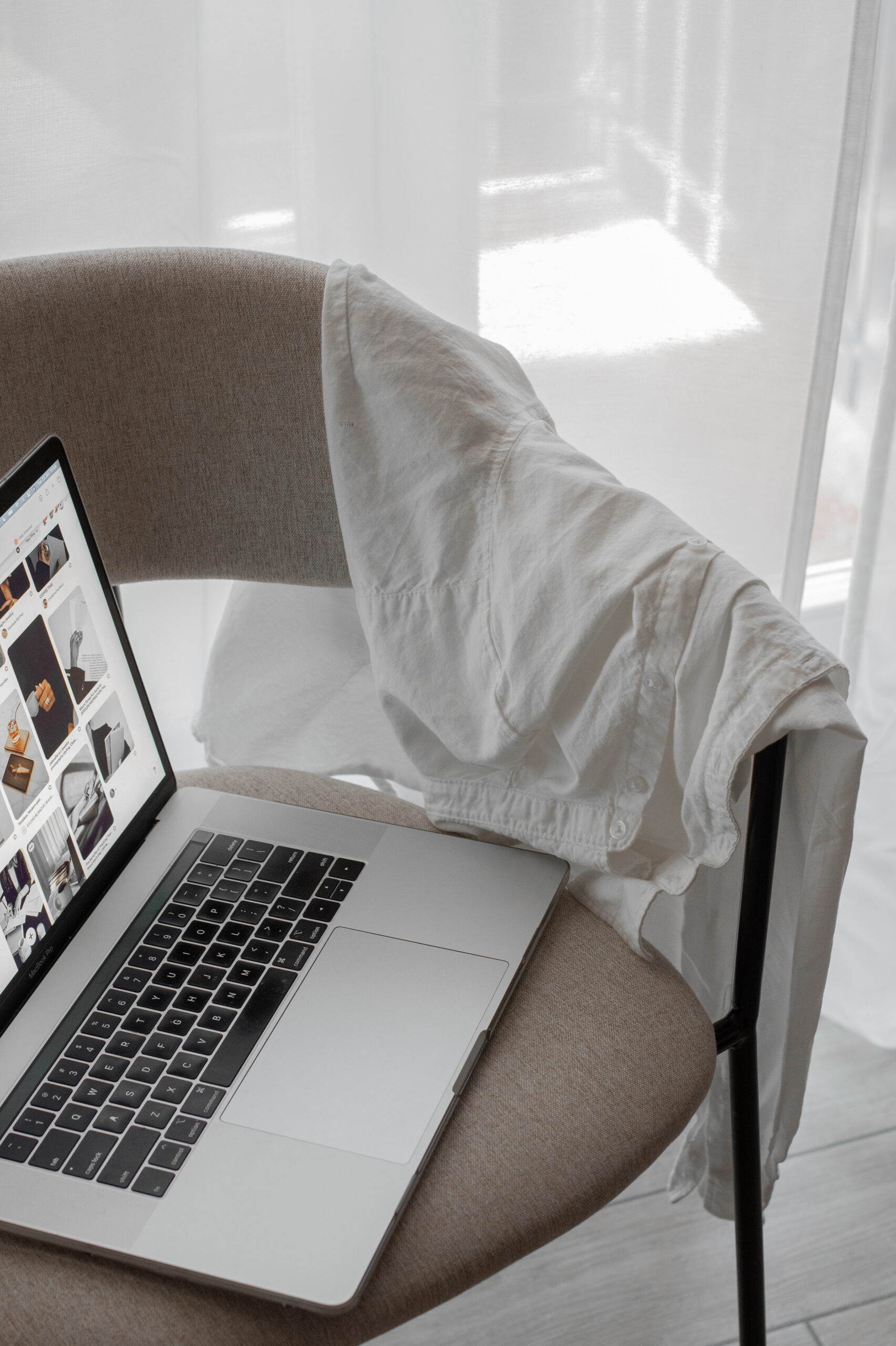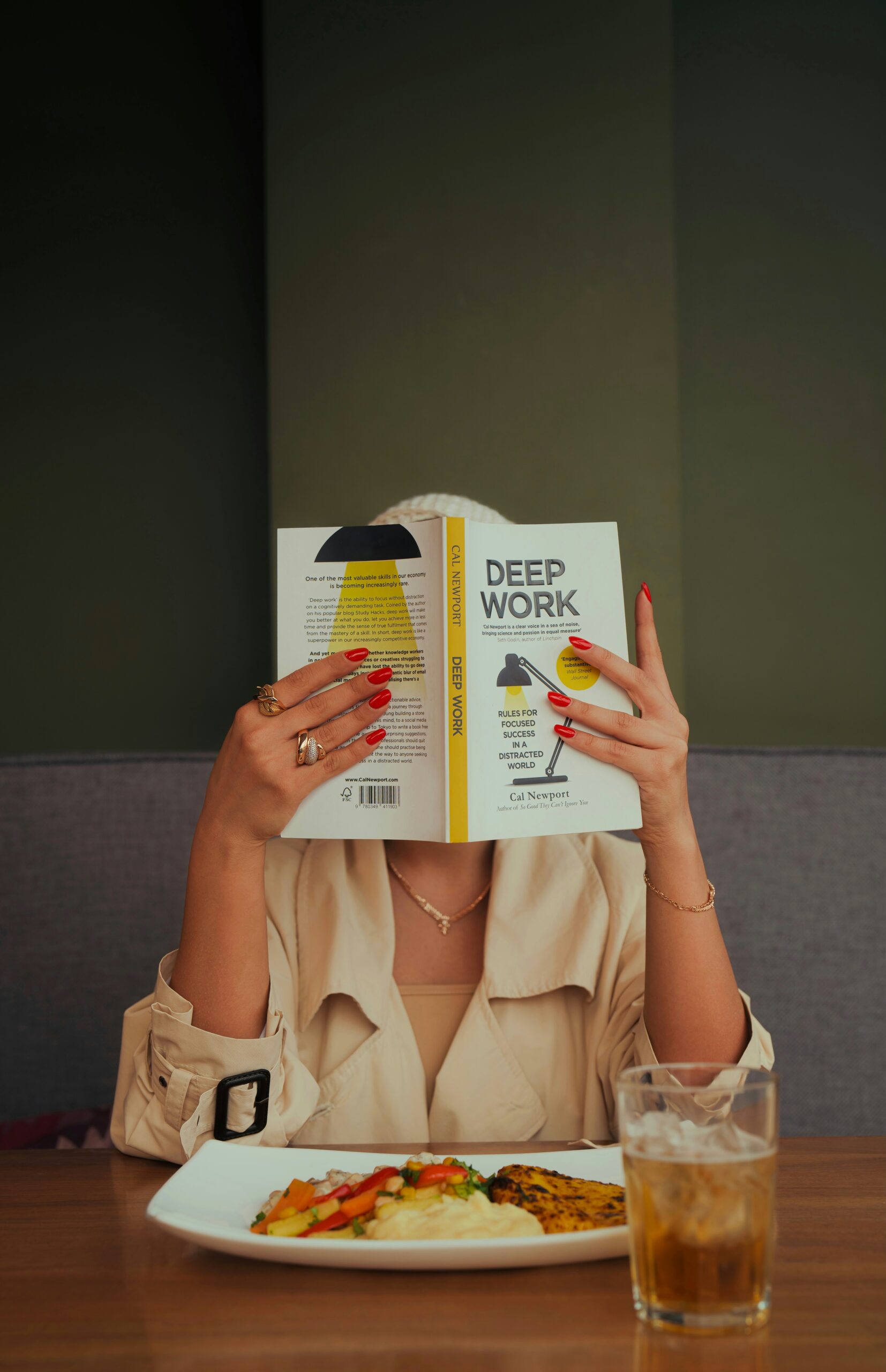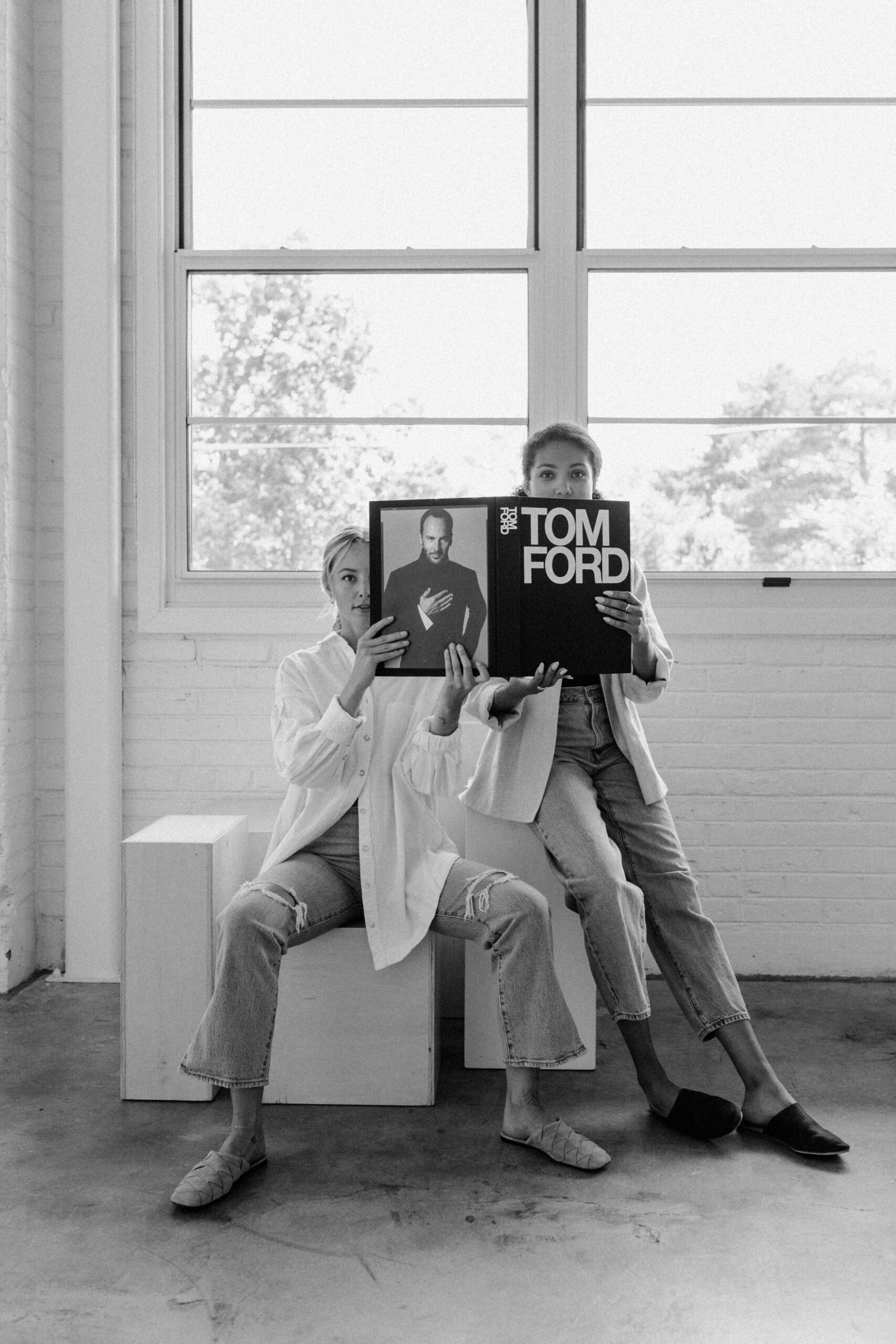Most creative businesses treat client work like a one-way street: onboard, brief, deliver, invoice, peace out. But after working with hundreds of clients across industries, I’ve learned that the process itself is just as important as the final product. When your process is clunky or rigid, it shows. And when it’s thoughtful, collaborative, and built around real humans? That’s where the magic happens.
This isn’t about adding more steps or fluff. It’s about designing a process that’s fluid, adaptable, and rooted in genuine collaboration. The kind of process that builds trust, unlocks better ideas, and leaves everyone involved feeling like they were part of something great.
It starts with how you see your client—not as a task list, but as a story. Every brand has a backstory, even if they don’t know how to tell it yet. Your job is to dig into the quirks, the pivots, the almost-failures and unexpected wins. It’s not just about the facts. It’s about what makes their story resonate. When you understand where they’ve been, it’s easier to help them figure out where they’re going. This kind of work doesn’t happen through a boring intake form. It happens through real conversation.
Discovery should never feel like another Zoom meeting to survive. I design my discovery phase to feel more like a jam session than a status call. It’s highly visual, interactive, and collaborative, whether we’re building a moodboard together in real time or mapping out brand traits with sticky notes and a Figma board. The point is to co-create the vision, not just extract data from a client like a polite little creative vampire.
Once the wheels are turning, I keep the momentum going with tools that actually support the way people want to work: transparent, flexible, and easy to navigate. Forget the spreadsheets and endless PDFs. I use dynamic dashboards (Notion is a favorite) that give clients a clear view of what’s happening and what’s next, without overwhelming them with details. Everything lives in one place—files, feedback, timeline, reference links—so no one is digging through their inbox for “Final-Final-V7_UseThisOne.pdf” at the eleventh hour.
For collaboration, I lean into tools that allow live input, real-time feedback, and true co-creation. Whether we’re riffing inside a Pitch deck, making notes in a shared Miro board, or prototyping in Figma, the focus is on keeping clients in the room virtually or otherwise. Feedback isn’t a rigid phase. It’s a constant rhythm. That’s how you keep projects alive, not stalled.
A great process doesn’t need to be flashy, but it should feel alive. And it should evolve. I build space into every project to pivot, refine, and respond to new ideas. That flexibility is essential, not optional. Because let’s be honest. The best ideas usually don’t show up at milestone three on a timeline. They sneak in sideways, in Slack chats and spontaneous brainstorms.
And that’s the point. When you treat the process itself as a space for creativity—not just management—you get better work. Your clients feel seen and involved. You stay grounded and organized. The whole thing moves like a real collaboration, not a vending machine where feedback goes in and logos come out.
The process is the product. Make it one people actually want to be part of.





Read the Comments +